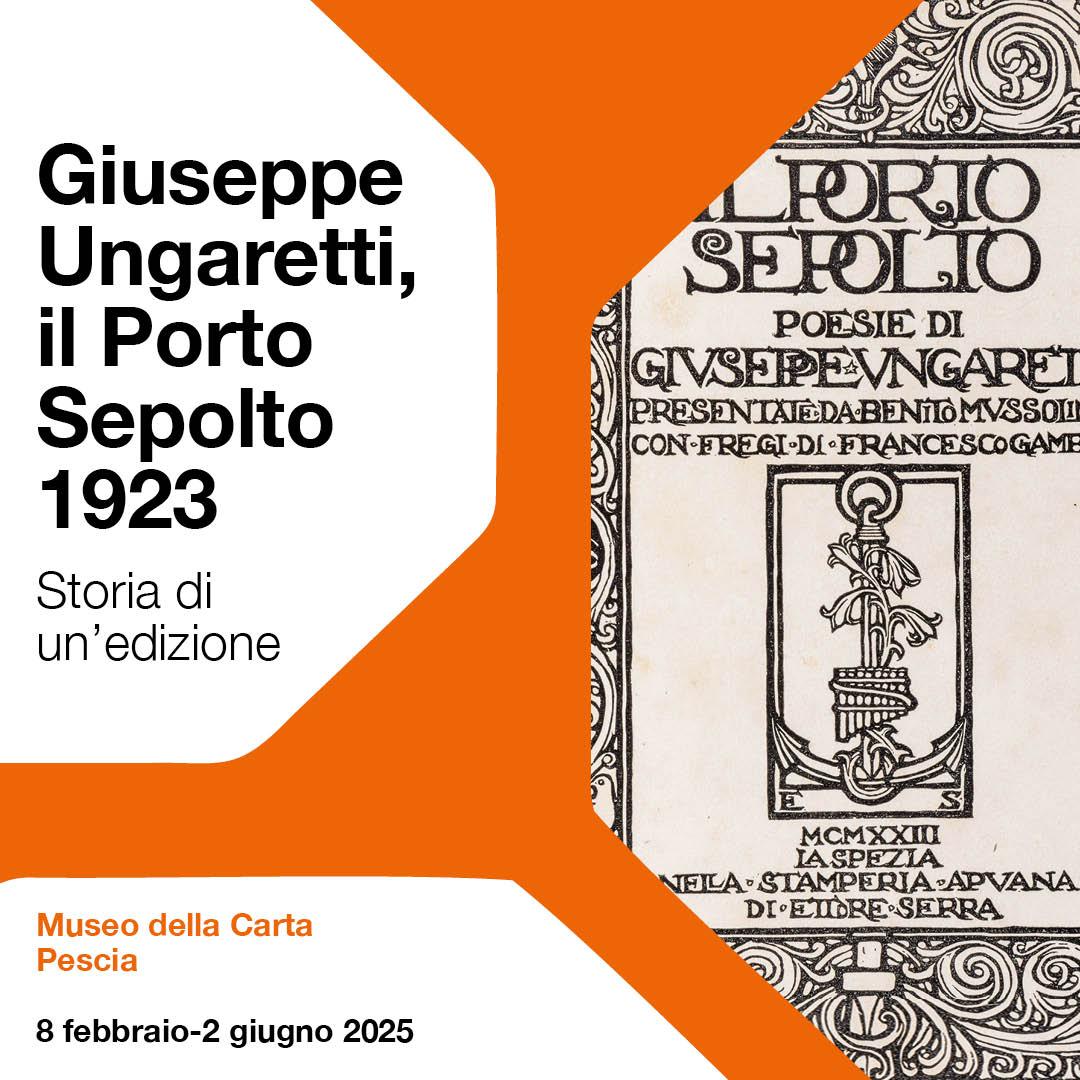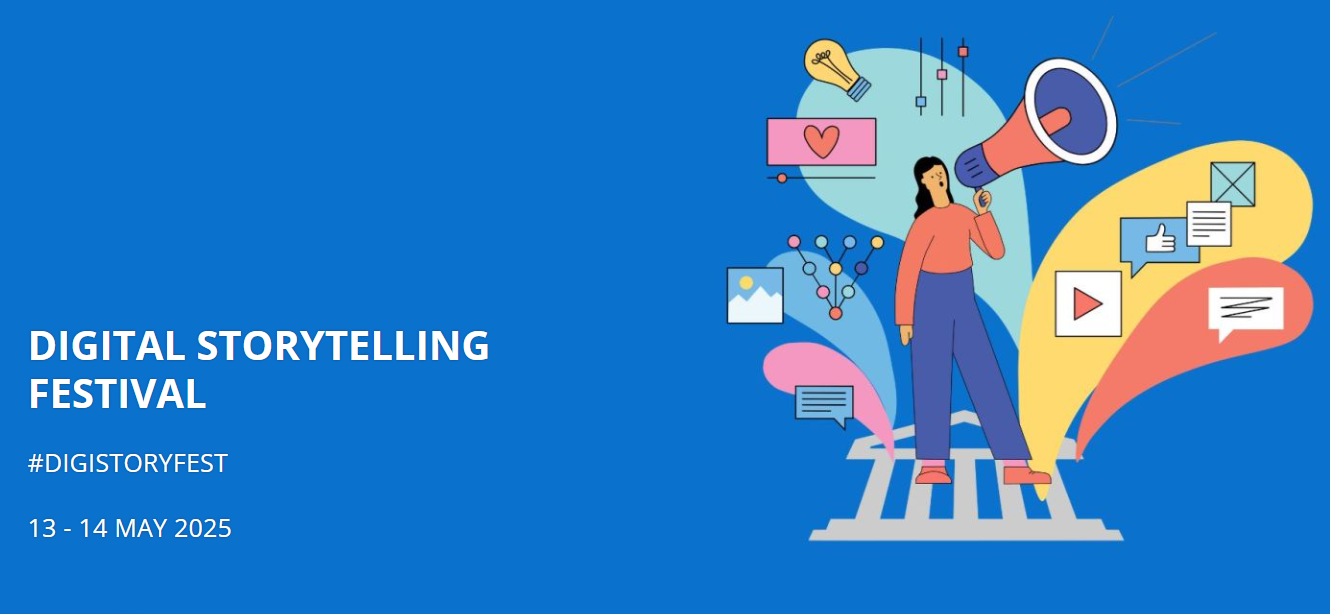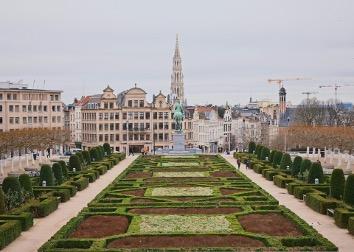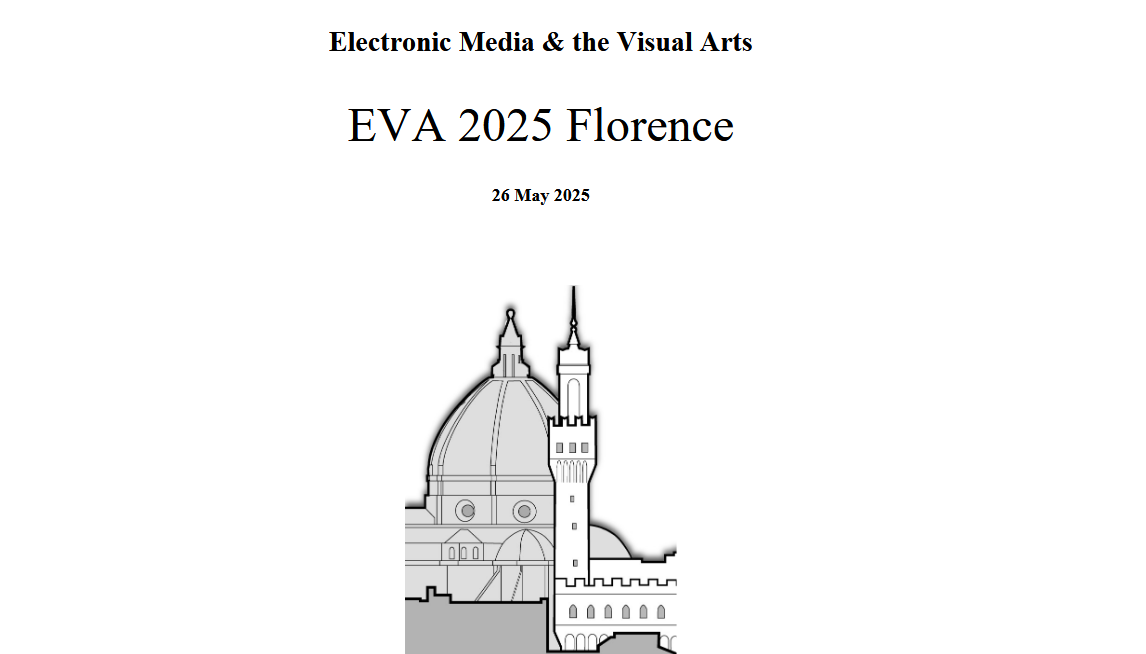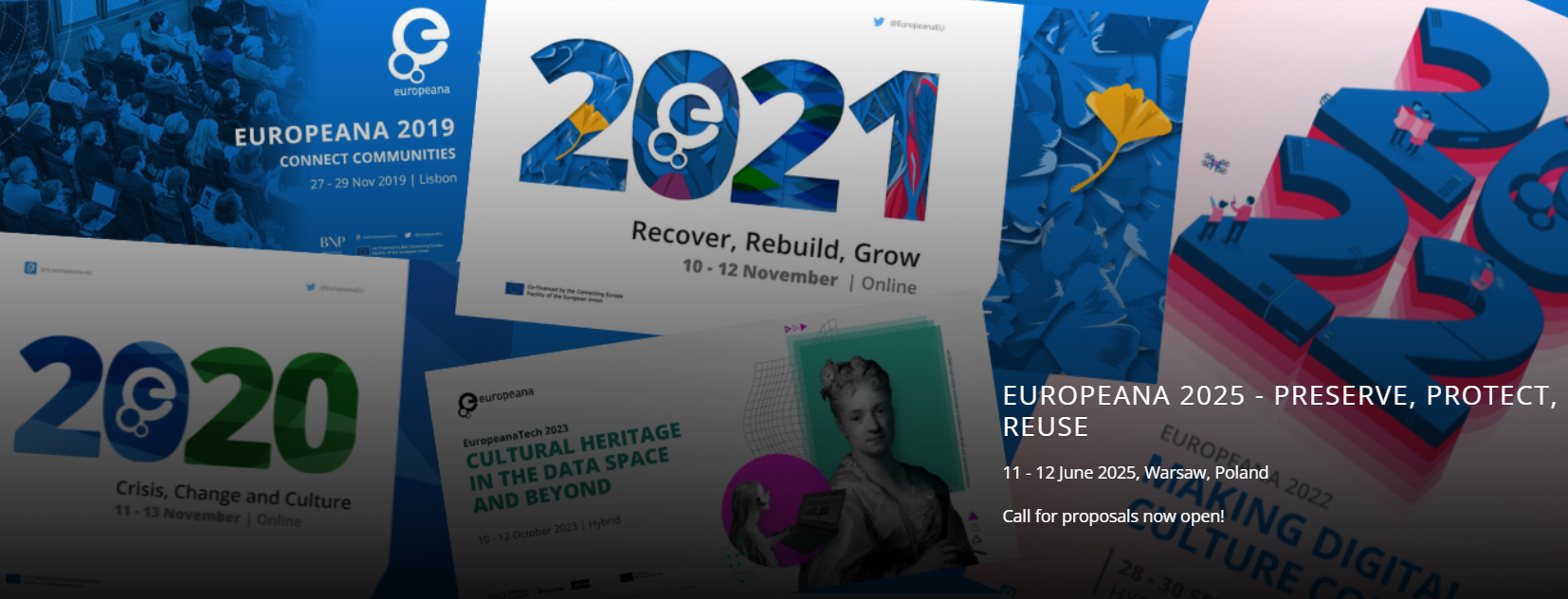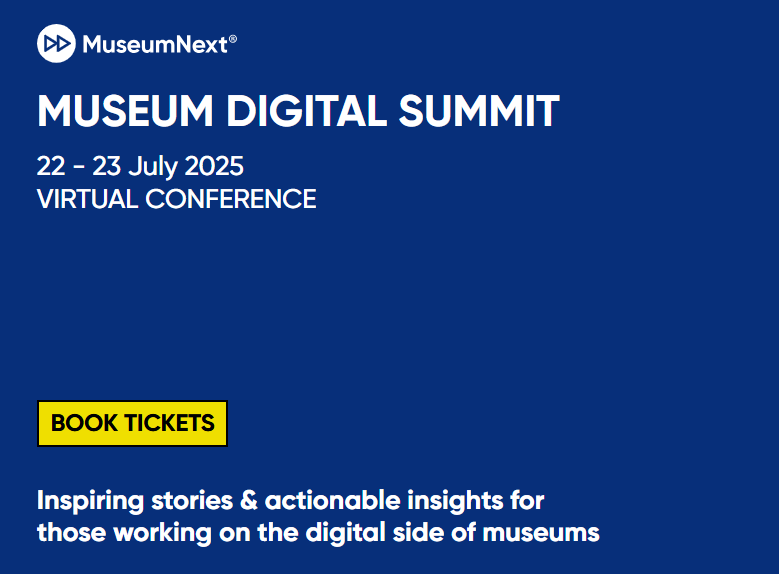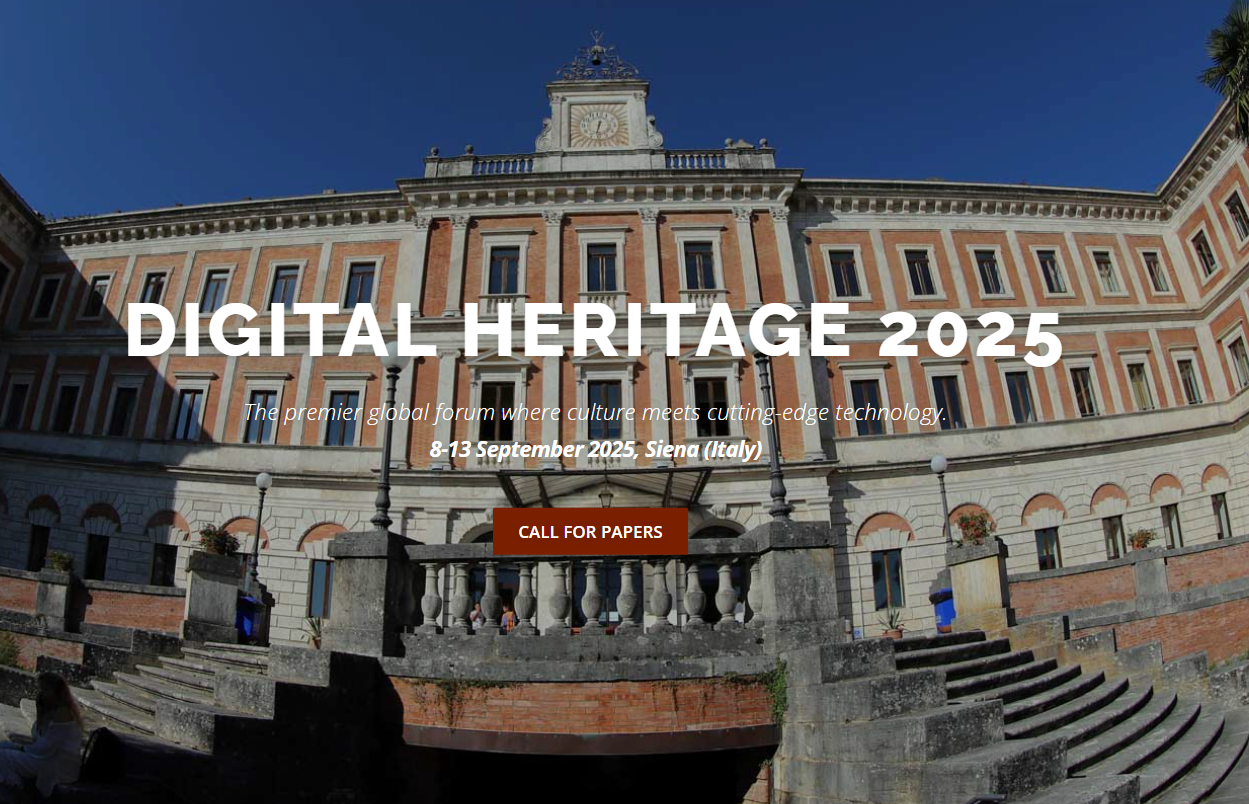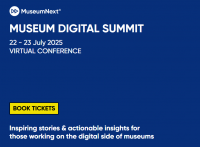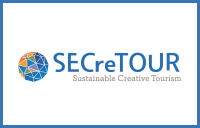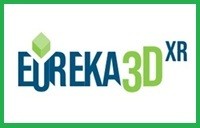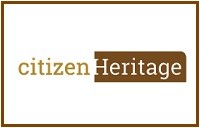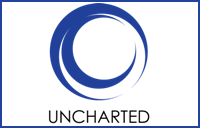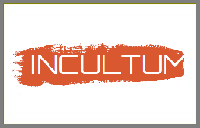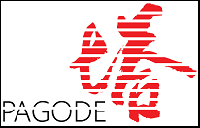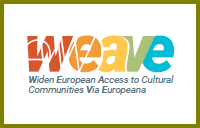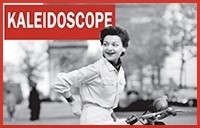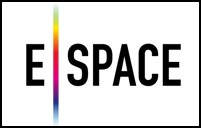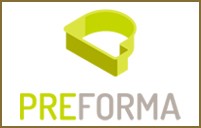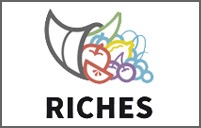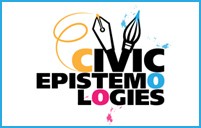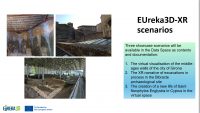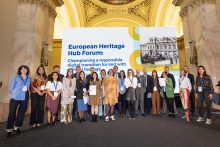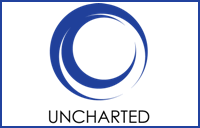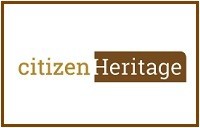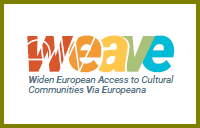The European Research & Innovation Days draft programme is now available!
This programme will be updated in the coming weeks and registrations will open in early June. When you register you will receive an automated email acknowledging receipt of your registration. Please note however that this does not mean confirmation of your participation – confirmation of your participation will come in a second email.
This event – the first of its kind – is shaping up to become the annual meeting place for key actors and actions driving a vibrant innovation economy in Europe. Bringing together Europe’s best and brightest researchers, scientists, innovators and policy-makers to debate and shape the future research and innovation landscape.
The event will feature three main elements:
POLICY CONFERENCE: 24 – 26 SEPTEMBER
Bringing together world leaders and policy-makers from industry, finance, academia and the entrepreneurial community to debate and shape the future research and innovation landscape. The conference will be an extremely important part of the strategic planning process that will set the foundations for the launch of Horizon Europe (2021-2027) – the proposed €100 billion EU programme for research and innovation;
INNOVATIVE EUROPE HUB: 25 – 26 SEPTEMBER
This is an unparalleled meeting and exhibition space for inventors, investors, entrepreneurs and the whole range of services, businesses, civil society organisations, agencies and intermediaries that make European science technology so dynamic.
SCIENCE IS WONDERFUL! EXHIBITION: 25 – 26 SEPTEMBER
Free and open to everybody, the ‘Science is Wonderful!’ exhibition is a celebration of the very best research and innovation Europe has to offer, from light-bulb moments to game-changing new technologies. Through hands-on experiments and face-to-face chats with researchers, visitors will learn about fighting cancer, global warming, hunger and drought, among many other pressing issues in our daily lives.
Diary notes
Host: European Commission’s Research & Innovation Directorate-General
Venue: KANAL-Centre Pompidou, Quai des Péniches in Brussels, Belgium
Date: 24-26 September 2019
Next steps
Registration will open in early June.
In the meantime, you can keep up to date with developments by following our hashtag #RiDaysEU on @EUScienceInnov Twitter / Facebook and by visiting the Conference website


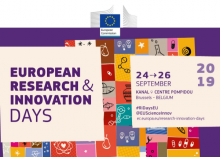
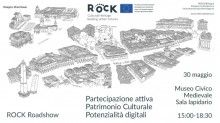
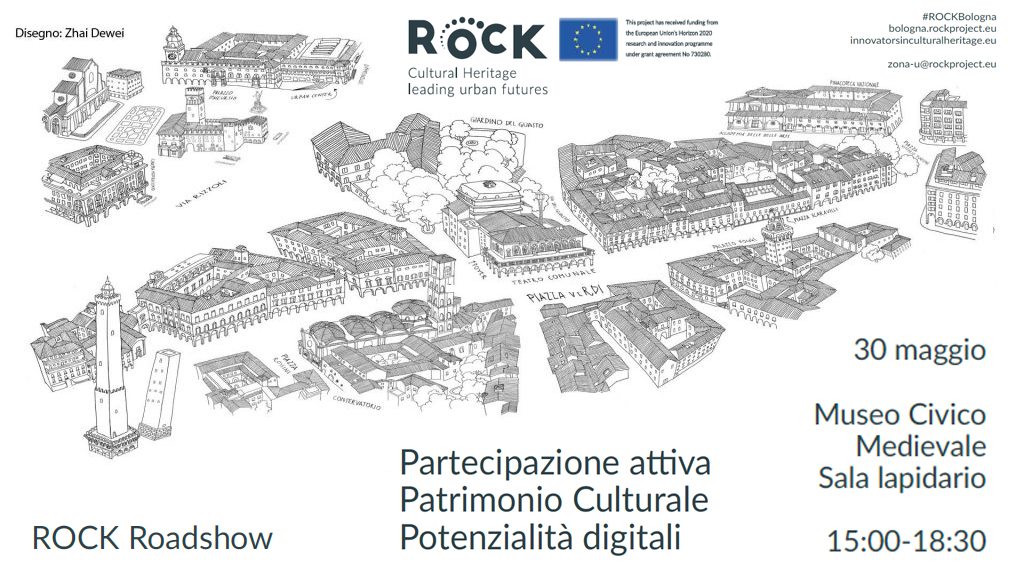
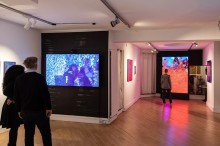
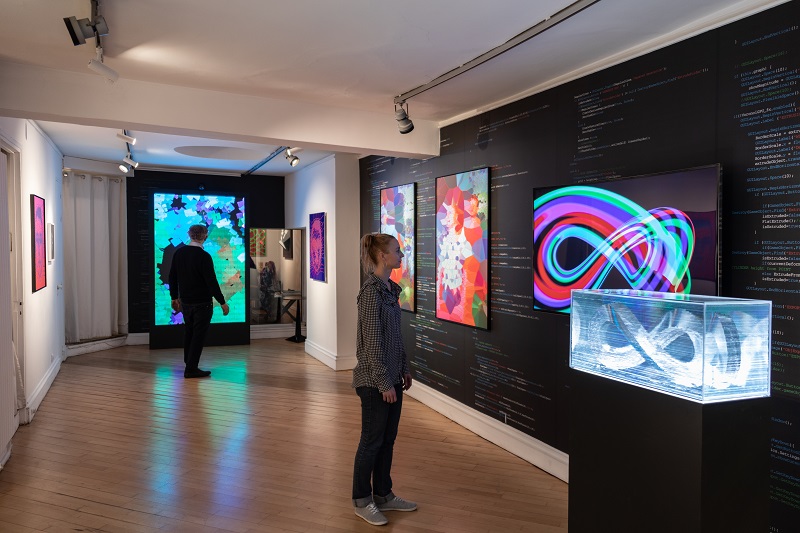
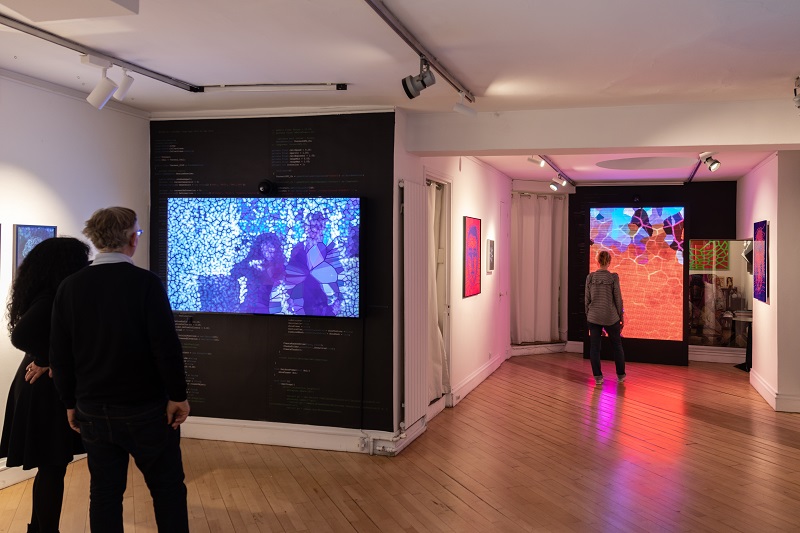

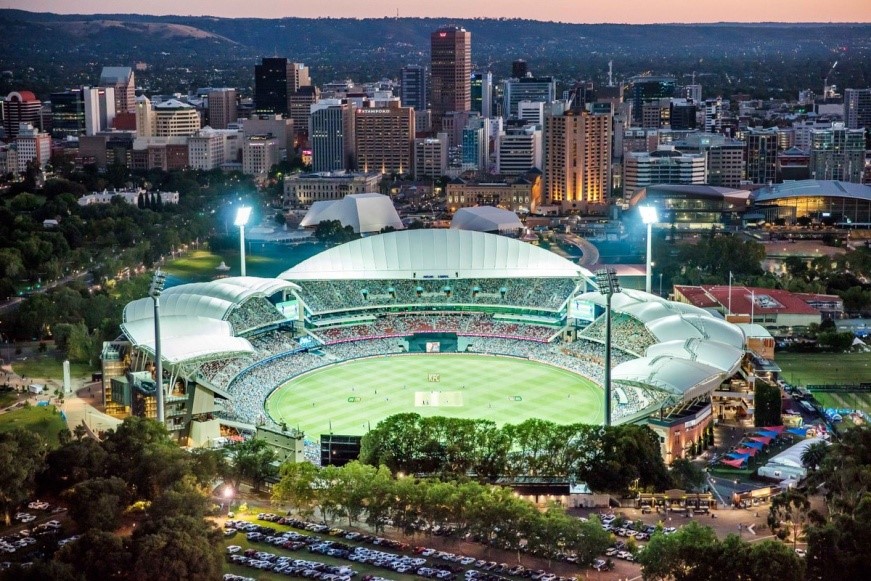

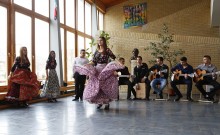
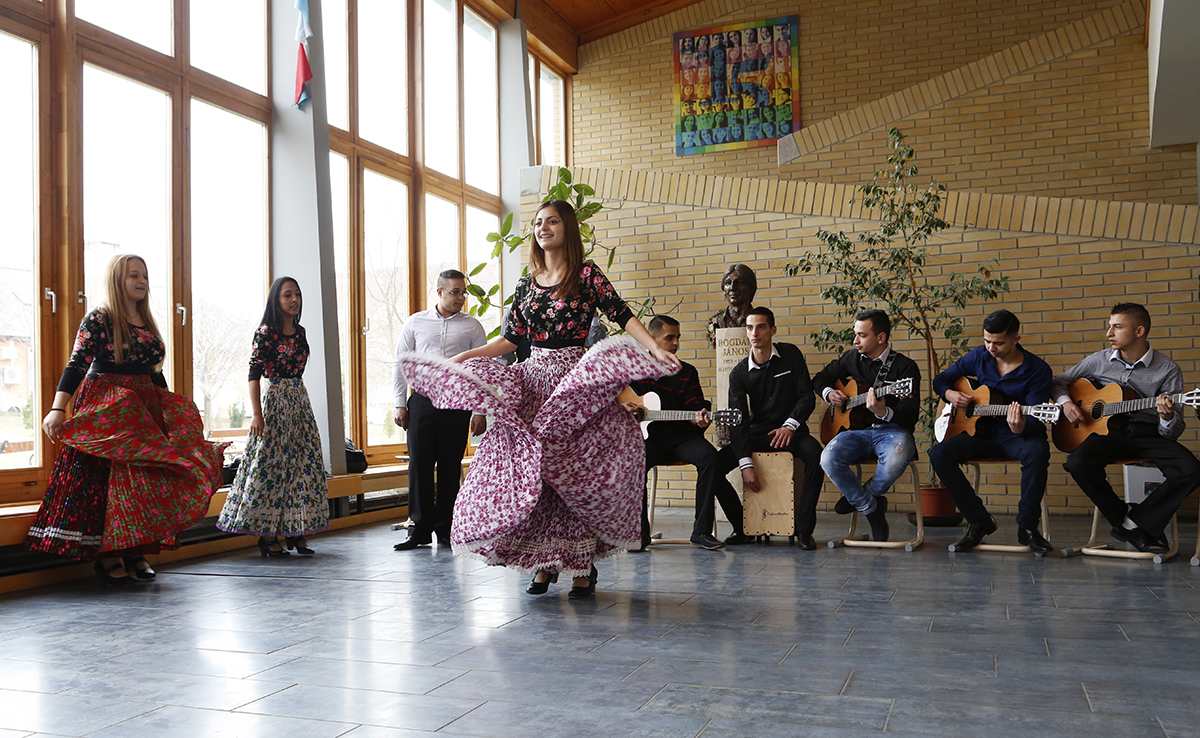 The upcoming local encounter of the
The upcoming local encounter of the 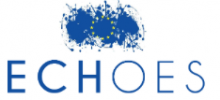
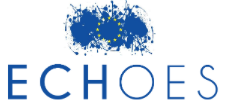
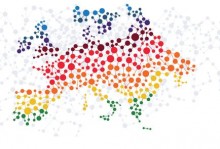
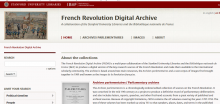
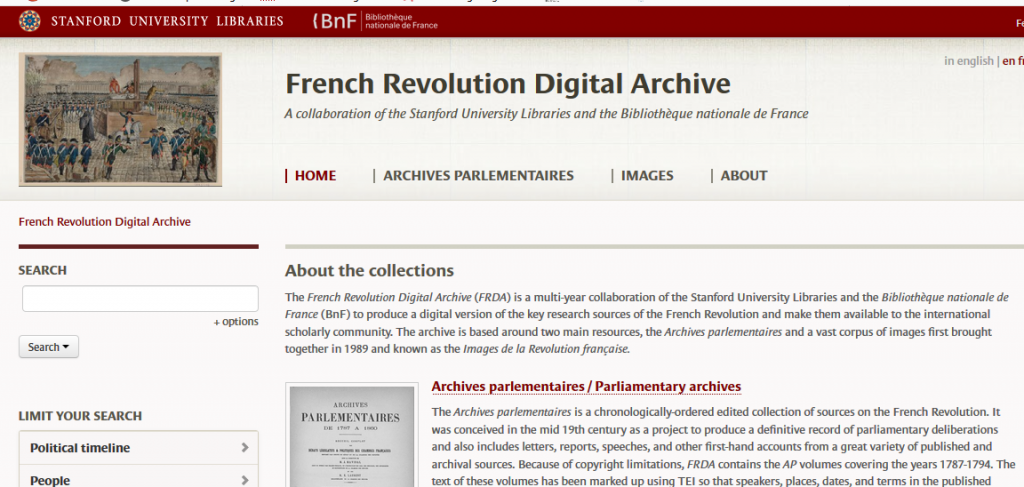
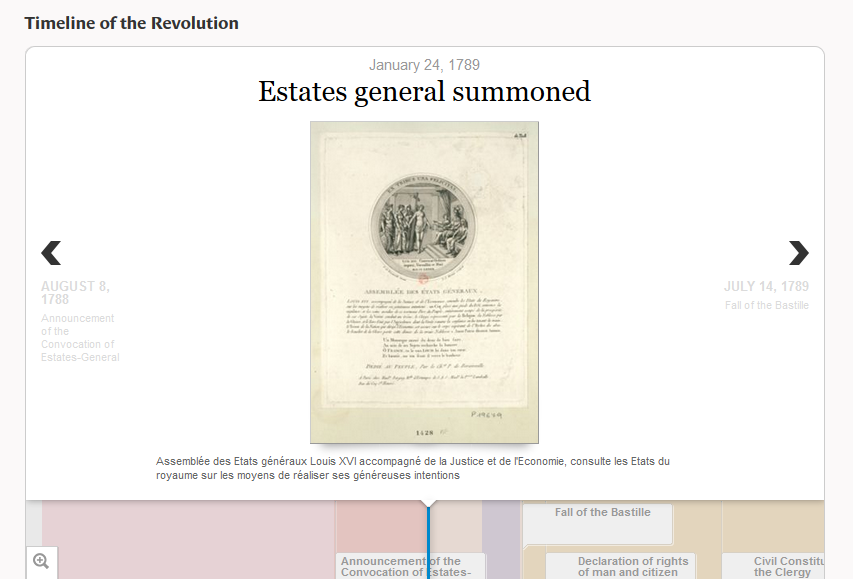
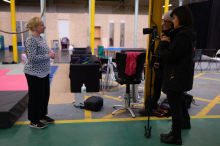
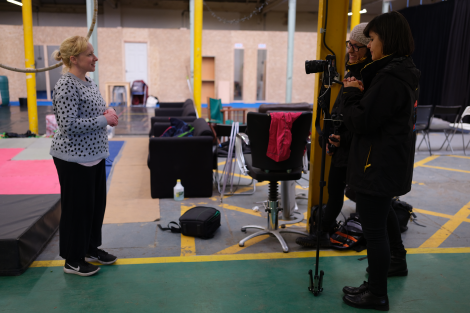


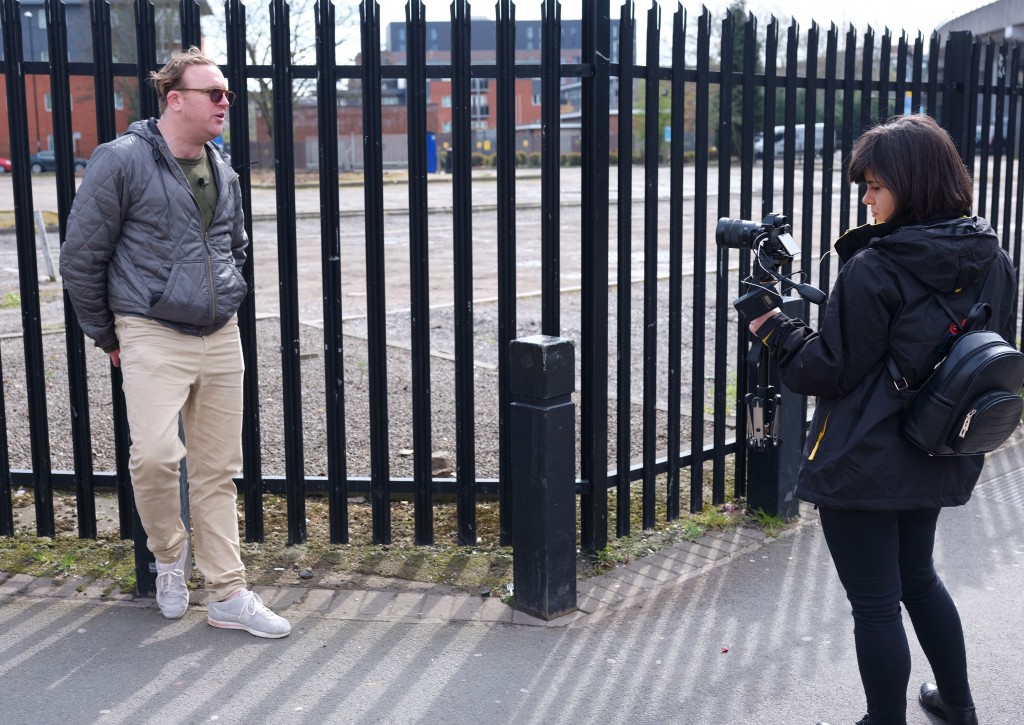
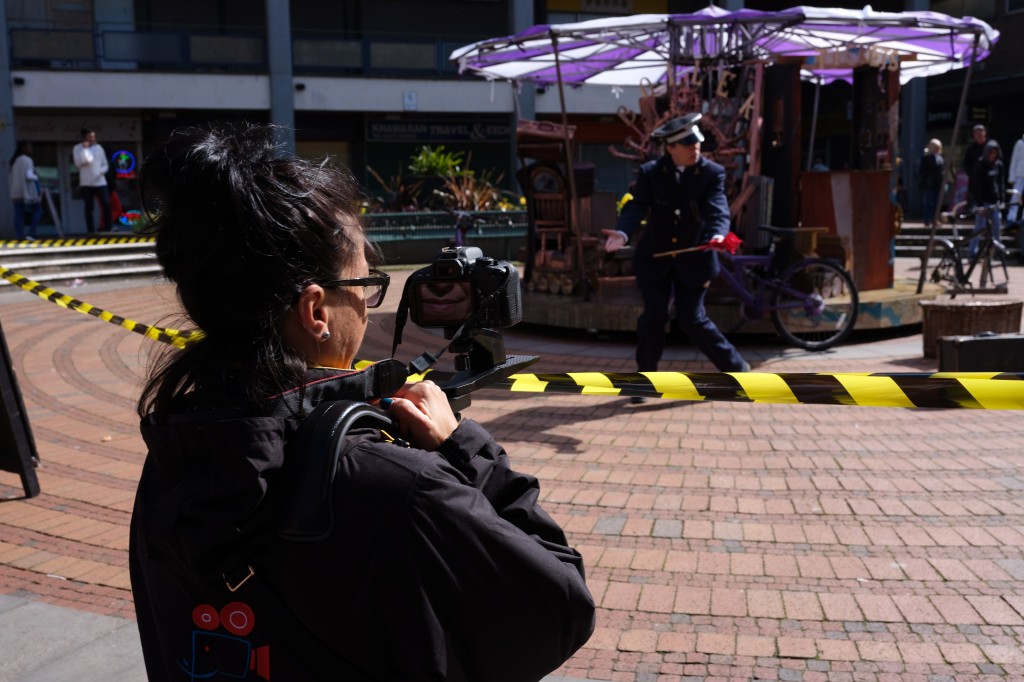
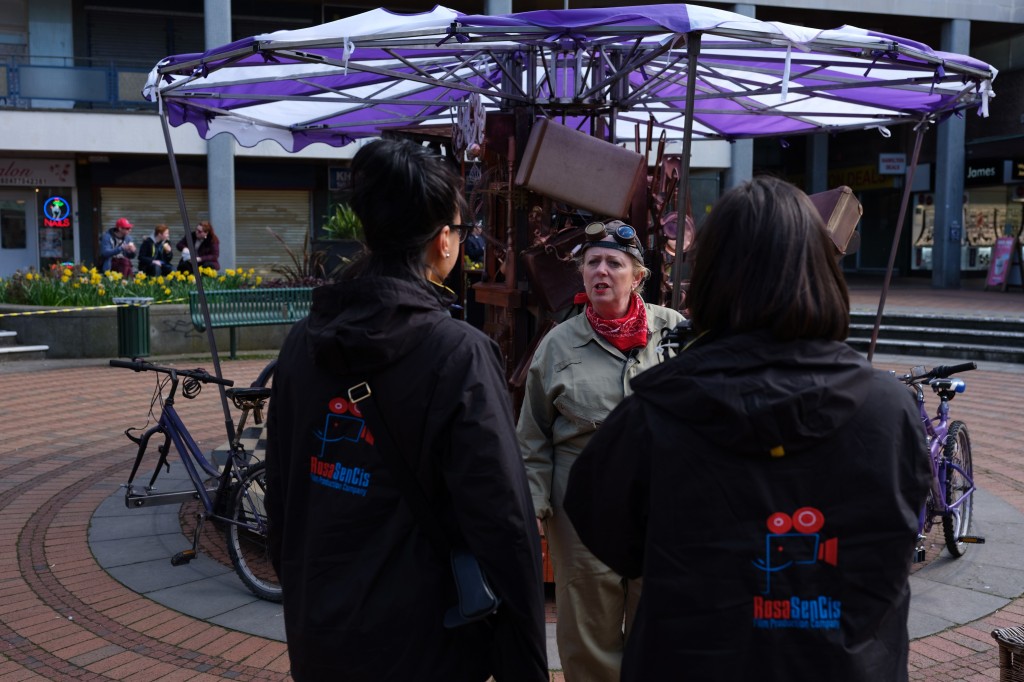
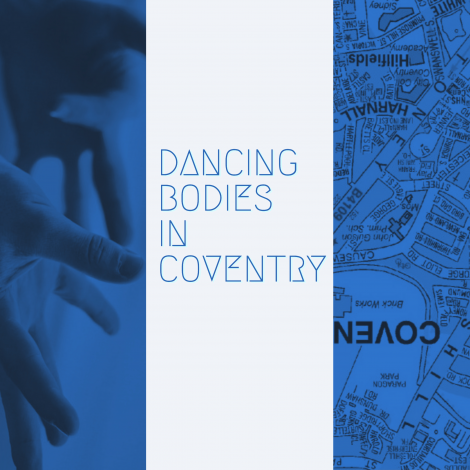

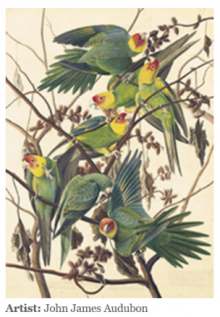

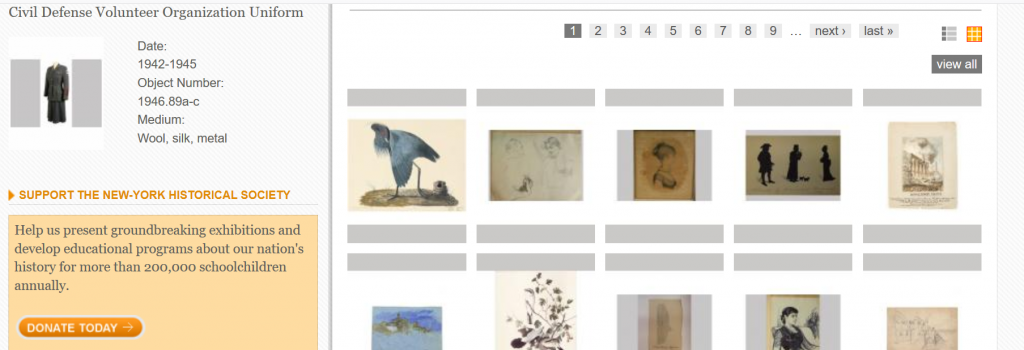
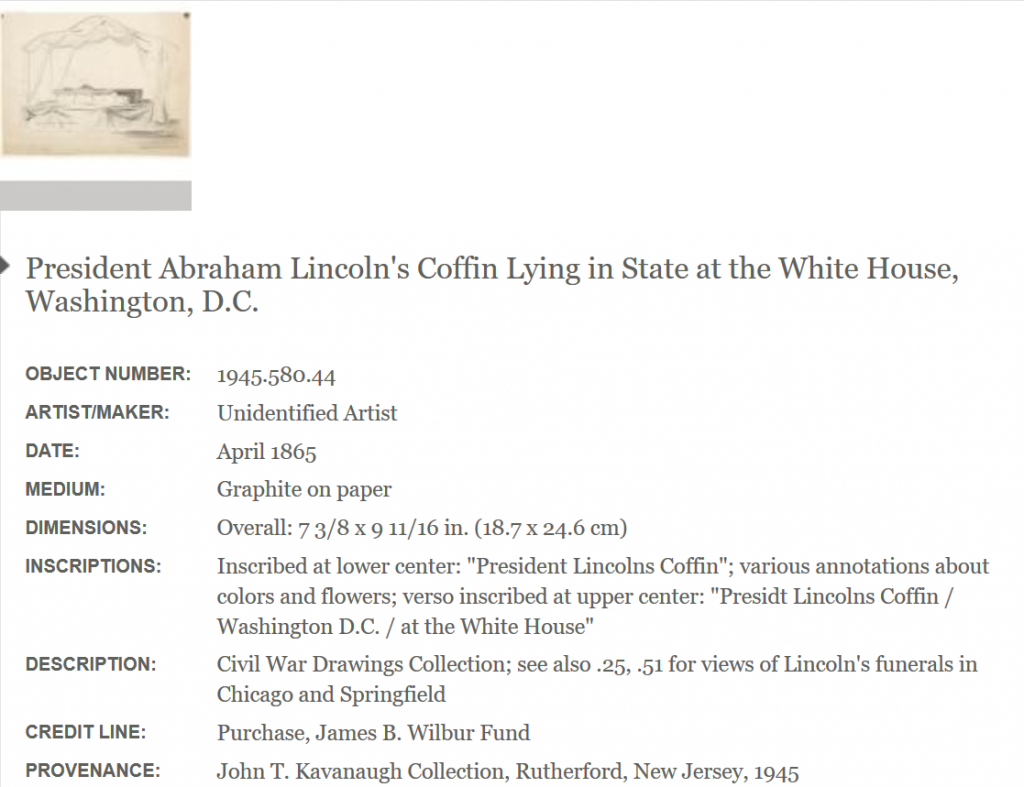
 If you have interesting news and events to point out in the field of digital cultural heritage, we are waiting for your contribution.
If you have interesting news and events to point out in the field of digital cultural heritage, we are waiting for your contribution.
